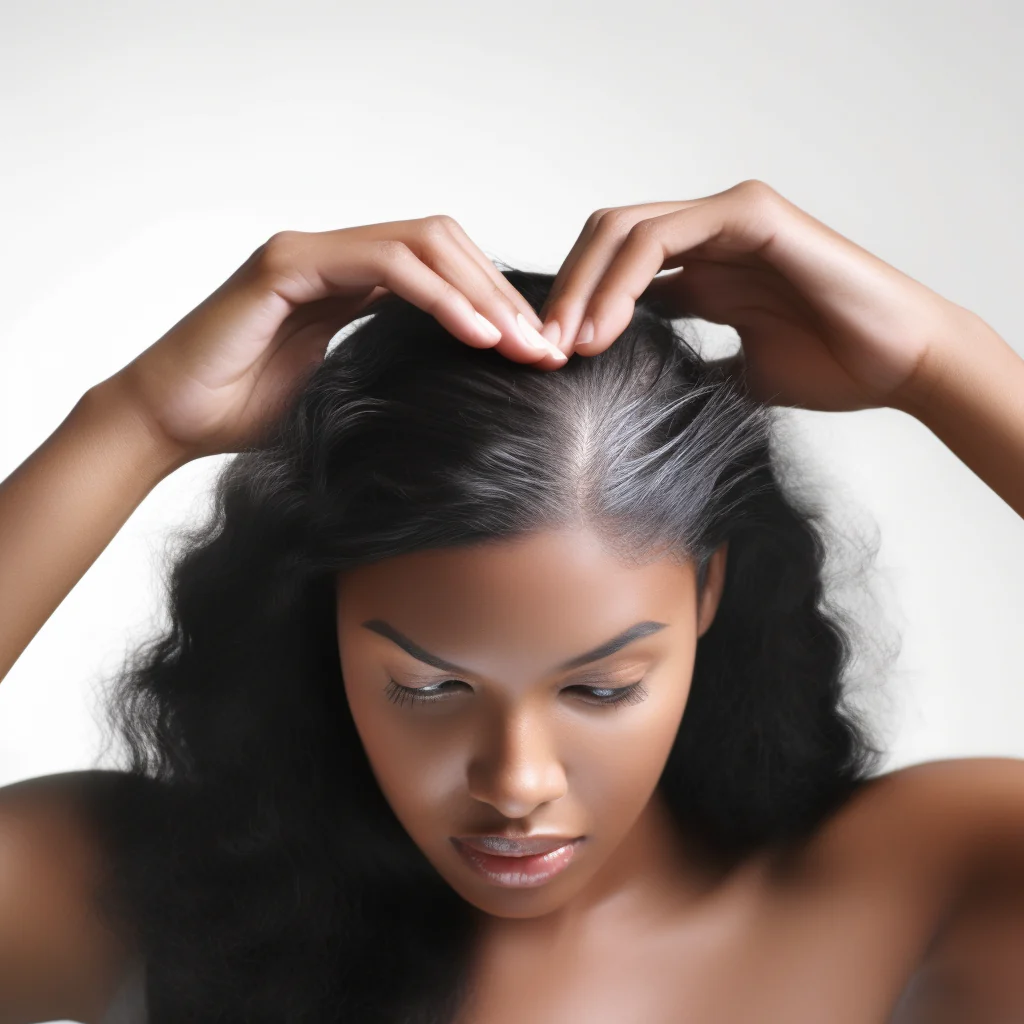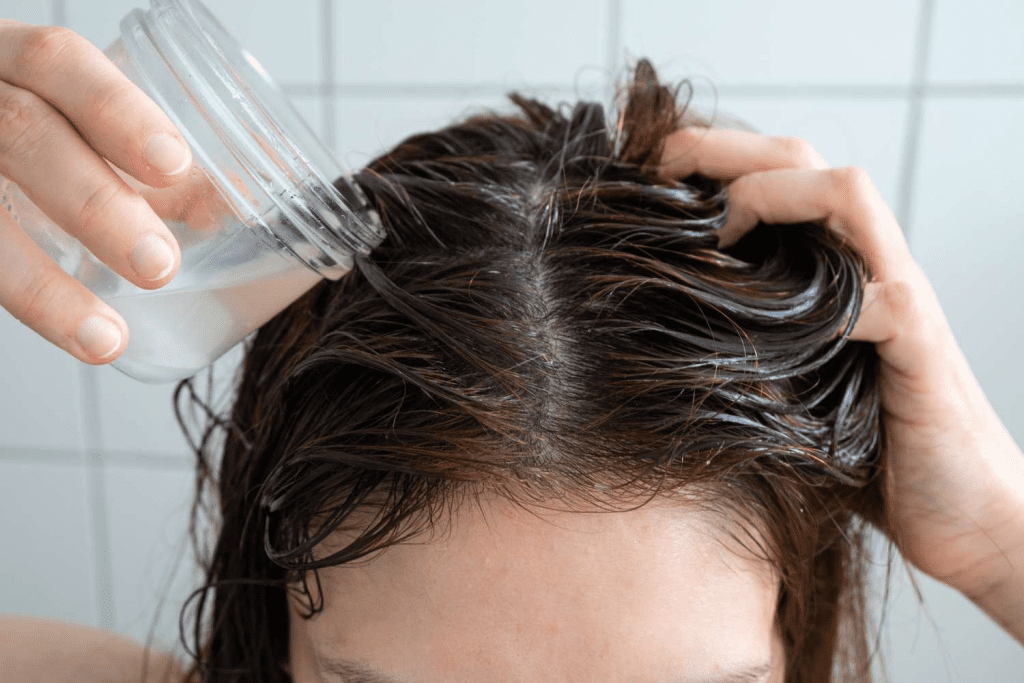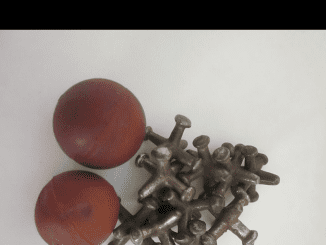Washing your hair daily can feel like a necessity, especially if you’re used to the squeaky-clean sensation of freshly washed locks. But did you know that over-washing can strip your hair of its natural oils, leaving it dry and prone to damage? Learning how to extend the time between washes not only saves time but also promotes healthier, more manageable hair. Let’s dive into the best tips for skipping daily washes while keeping your hair fresh and fabulous.
Understanding Hair and Scalp Health

Your scalp produces natural oils, known as sebum, to moisturize and protect your hair. Washing your hair too often can strip these oils, leaving your scalp dry and your hair brittle. On the flip side, washing too infrequently can lead to excess oil buildup, irritation, or even dandruff. Striking the right balance is key to maintaining healthy hair and scalp.
Why Daily Washing Isn’t Always Ideal
While daily hair washing works for some, it can have drawbacks for others:
- Strips Natural Oils: Frequent washing can dry out both your scalp and hair.
- Encourages Overproduction of Oil: Stripping oils can signal your scalp to produce even more, creating a cycle of oily roots.
- Fades Color-Treated Hair: If your hair is dyed, daily washing can cause colors to fade more quickly.
- Increases Frizz and Breakage: Over-washing can weaken strands, leaving them prone to damage.
Reducing your wash frequency allows your hair’s natural oils to do their job—moisturizing and protecting your locks.
Benefits of Washing Less Frequently
- Healthier Hair: Natural oils help hydrate and protect, leading to shinier, softer hair.
- Time Savings: Fewer washes mean less time spent on your hair care routine.
- Reduced Product Use: You’ll use less shampoo, conditioner, and styling products, saving money and reducing environmental impact.
Now that you know why cutting back is beneficial, let’s explore how to make it work for you.
1. Use Dry Shampoo to Refresh Hair
Dry shampoo is a game-changer for extending time between washes. It absorbs excess oil, adds volume, and leaves your hair smelling fresh.
- How to Use: Spray dry shampoo onto your roots from about six inches away. Let it sit for a few minutes to absorb oil, then brush or massage it in.
- Tip: Don’t overuse dry shampoo—it can cause buildup. Limit usage to 1–2 times between washes.
2. Embrace Protective Hairstyles
Hairstyles like buns, braids, and twists not only look chic but also help keep your hair neat and fresh for longer. Protective styles prevent oil from spreading down your strands and minimize exposure to dirt and environmental factors.
- Pro Tip: Loose styles are less likely to cause tension or breakage, so opt for comfortable, gentle hairstyles.
3. Rinse Without Shampoo

On days when your hair feels a little grimy but doesn’t need a full wash, try rinsing with water alone or applying conditioner to your ends. This method refreshes your hair without stripping it of natural oils.
- How to Do It: Wet your hair thoroughly, apply conditioner to the lengths and ends, then rinse well.
4. Choose the Right Products
Using the right hair care products can make a huge difference in how often you need to wash your hair.
- Sulfate-Free Shampoos: These gentle cleansers prevent over-drying.
- Lightweight Conditioners: Avoid heavy products that weigh hair down and make it feel greasy.
- Natural Ingredients: Look for nourishing ingredients like aloe vera, argan oil, and chamomile.
Tailor your products to your hair type for the best results.
5. Adjust Your Diet for Healthier Hair
What you eat plays a role in your hair’s health and oil production. A diet rich in vitamins, minerals, and healthy fats promotes balanced oil production and strong, shiny hair.
- Eat These Foods: Salmon (omega-3s), spinach (iron), eggs (biotin), and nuts (vitamin E).
- Stay Hydrated: Drinking plenty of water supports overall scalp health.
6. Understand Your Hair Type

Your hair type determines how often you should wash and the techniques that will work best for you:
- Fine Hair: Prone to oil buildup, so use dry shampoo to extend time between washes.
- Curly/Coily Hair: Tends to be drier, so you can go longer between washes and rely on co-washing (washing with conditioner).
- Thick or Textured Hair: Often benefits from weekly washes with hydrating products.
Knowing your hair’s unique needs will guide your routine.
7. Avoid Common Mistakes
Sometimes, small changes can make a big difference in how fresh your hair feels between washes:
- Don’t Overuse Shampoo: A small amount is enough—focus on your roots, where oil accumulates most.
- Avoid Hot Water: Hot water dries out your scalp; use lukewarm or cool water instead.
- Rinse Thoroughly: Leftover product can lead to buildup and dullness.
8. Manage Stress to Reduce Oiliness
Stress increases cortisol levels, which can lead to excess oil production. Incorporating relaxation techniques into your daily routine can improve your hair’s health.
- Try This: Practice yoga, meditation, or even deep breathing exercises to manage stress and balance your body.
9. Nighttime Tips for Fresh Hair

How you care for your hair at night matters. Sleeping on a silk or satin pillowcase reduces friction, helping your hair stay smooth and clean longer. You can also loosely braid your hair before bed to prevent tangling and spreading oil.
10. Transition Gradually
If you’re used to washing your hair daily, switching to fewer washes might feel awkward at first. Start by adding one extra day between washes and build from there. Your scalp needs time to adjust to producing less oil.
Conclusion: Your Personalized Hair Care Routine
Avoiding daily hair washing isn’t about neglecting cleanliness—it’s about finding a routine that works for you. By understanding your hair type, using the right products, and incorporating strategies like dry shampoo and protective hairstyles, you can keep your hair fresh, healthy, and manageable without constant washing. Experiment with these tips and discover the perfect balance that leaves your hair looking and feeling its best. Less really can be more!


